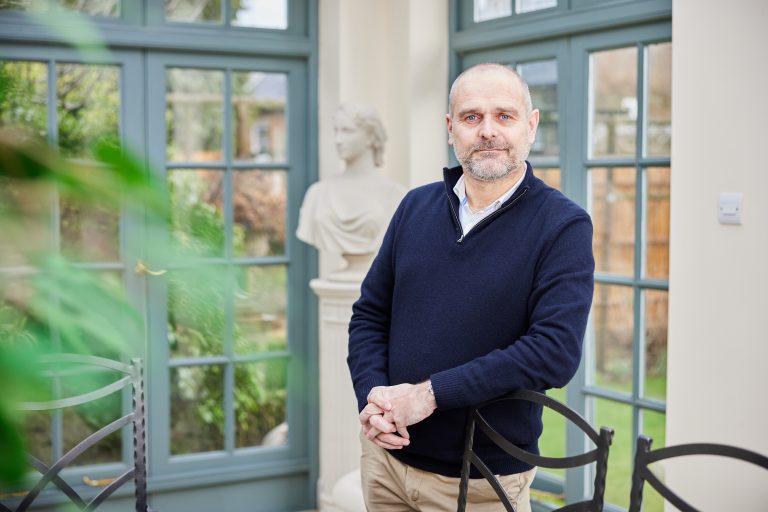FIRE safety businesses across Scotland are being offered the chance to bid for potential work worth up to £20 million to support a wide range of public bodies. A leading Scottish procurement firm has invited businesses to apply for it its new fire safety framework, which launches in early 2024. Potential suppliers include consultants, assessors and experts who can install safety measures from fire doors and alarms to sprinkler systems. It also covers vital remedial cladding for public buildings – a significant issue felt nationwide in the wake of the 2017 Grenfell Tower tragedy which claimed 72 lives. Interested firms and experts have until August 24 to lodge applications with the Scottish Procurement Alliance (SPA), the country’s largest, free-to-join procurement organisation for public sector buyers. Lesley Anderson, Regional Director at SPA, said: “Following the Grenfell Tower tragedy, fire safety has become a paramount concern for local authorities and social housing providers. They are prioritising the preparedness of buildings in the event of a fire. “We’re extremely proud of this important evolution of our fire safety framework, which will give public organisations peace of mind. They can be assured that any works or services they are undertaking will be delivered by proven and fully-qualified experts to meet the most exacting, current standards.” Known as FS2, it combines two previous SPA frameworks while adding in a host of active fire safety measures including sprinklers, wet and dry risers, emergency lighting, domestic alarms and waking watch services. It also covers fire panels, automatic opening ventilation (AOV) and – crucially in the wake of the Grenfell disaster – cladding assessment and remedial work. It was developed with input from experts to meet post-Grenfell building safety legislation, introduced on both sides of the border. Lesley added: “This is an outstanding opportunity for businesses with expertise and capability in fire safety. They have a chance to put themselves in front of the public bodies who need their services. “With an emphasis on local suppliers, FS2 aims to ensure that vital contracts are delivered efficiently and to benefit the local economy. It offers Scottish SMEs a chance to increase their business opportunities creating jobs and employment across the country.” SPA works with 120 public sector organisations and its frameworks offer an efficient and compliant route to market for the construction, refurbishment and maintenance of social housing and public buildings. Partners include councils, housing associations, blue light services, the NHS, further and higher education providers and many other public bodies. Currently, SPA has 600 live projects totalling £1.1bn in contracts covered by its 17 frameworks – from new build housing, modular construction, to asbestos services, energy efficiency and construction consultancy services. As part of FS2, there will be eight workstreams, covering Fire Consultancy; Fire Risk Assessments; Waking Watch; Installation and Remediation of Passive Fire Protection; Installation Servicing and Maintenance of Active Fire Protection; Installation, Servicing and Maintenance of Fire Suppression; Cladding Remediation; Multi-Disciplinary. SPA advise that bidders must be able to demonstrate a minimum turnover of £250k to be awarded to the framework, which will cover North-Eastern Scotland, Highlands and Islands, Eastern Scotland, West Central Scotland and Southern Scotland. The framework is split into lots by region. Bidders can apply for regions that best suit their capabilities/focus. As a proud not-for-profit, SPA reinvests its surpluses into Scottish communities through its Community Benefit Fund (CBF) by working with its dedicated charity, Lintel Trust. Since 2017, the CBF has allocated over £1.7 million in grants and match funding to support 102 community groups, charities, and causes. Projects have included Holiday Hunger programmes, community gardens, digital and social inclusion, employability initiatives, apprenticeship support funds and specialist mental health services. They have helped improve the lives of at least 19,000 people, while delivering social value of more than £3.9million. Interested fire safety experts can find out more details here – https://in-tendhost.co.uk/lhc/aspx/ProjectManage/15 For more information on the Scottish Procurement Alliance, visit https://www.scottishprocurement.scot/ Building, Design & Construction Magazine | The Choice of Industry Professionals













